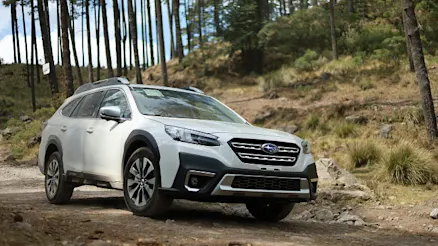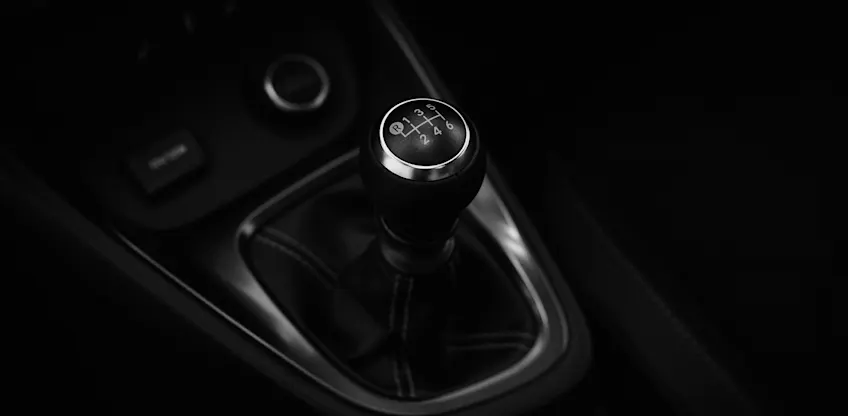
The importance of regularly checking your tyre pressure
Regularly checking your tyre pressure is crucial to your vehicle’s safety, fuel economy and optimal driving.


Regularly checking your tyre pressure is crucial to your vehicle’s safety, fuel economy and optimal driving.

Looking for the perfect gift for the car enthusiast in your life? Carma’s experts have you covered.

Find out which SUVs are best for your next family holiday adventure.
There’s a reason that a manual car is seen as an anti-theft device these days, and that’s because fewer and fewer Aussies are learning to drive manual. There’s no doubt that the number of manual transmission cars on the road is declining at the same time. But does that mean the skill should entirely disappear too?
We can think of a few solid reasons that widespread manual lessons could be a good thing in Australia, even if they’re not put to use every day.
Sure, the odds that you need to get someone out of a remote spot in an emergency when there’s only one car around and it has a manual transmission are low – but not zero!
And think of all the situations where knowing how to drive manual could absolutely come in handy. For example:
You really need to pay attention to your car while learning to drive manually. At first, you stall. You stall again. But as you practise, you develop a sense for how to release the clutch and press the accelerator for a smooth start. You really learn the rev patterns of your car and you listen to know whether your engine is struggling or purring.
Soon, you develop a knack for taking off at an uphill set of lights. You master the art of quick gear changes around tight street corners. And all of this gives you a more engaged driving experience – and a better understanding of these marvellous machines that get us from A to B.
Having a manual licence opens up all kinds of possibilities. You could access a wider range of jobs, including quite a few mining roles that require a manual licence, or those that require a next step up to a light or heavy rigid licence.
If cost-of-living pressures get too much, you have more vehicle options to choose from. You can always find a tidy second-hand manual car that’s cheaper to buy, service and maintain than its automatic equivalent.
You could also have access to more car rental selections – and cheaper car hire – particularly in destinations like Europe, Latin America and South Africa, where driving a manual car is still common.
Really, being able to drive manual not only makes you a more useful person to have around, but it also makes you a more interesting one.
There’s a steeper learning curve for a manual licence, and that usually involves embarrassing yourself on public roads at least a few times.
Bunny hopping at busy traffic lights builds resilience, you know. When you finally conquer gear changes and learn to accelerate just right, that builds confidence. And when you occasionally hop into an unfamiliar vehicle and grind the gears again – well, that keeps you humble.

At the end of the day, that’s totally up to you and your driving instructor. But there’s definitely a case for keeping manual driving in the mainstream. Every driver has to learn to drive to begin with, so why not level up at the same time? Even if those skills aren’t put to use every day, they’re great to have.
That is, until we can all take a snooze while our autonomous cars move us from one spot to another….